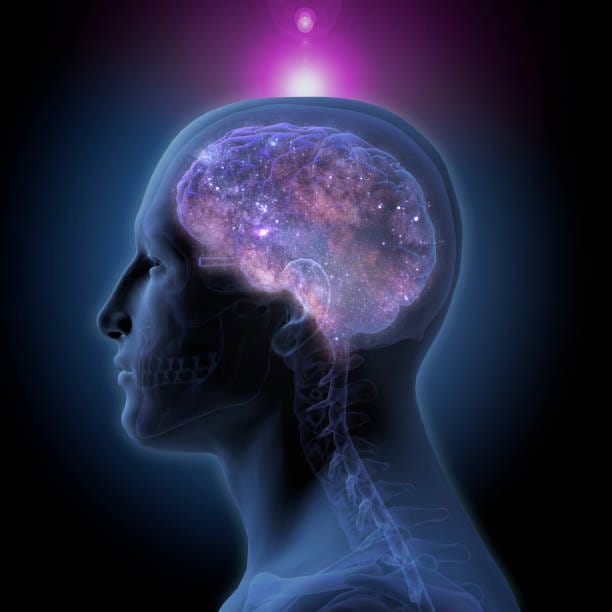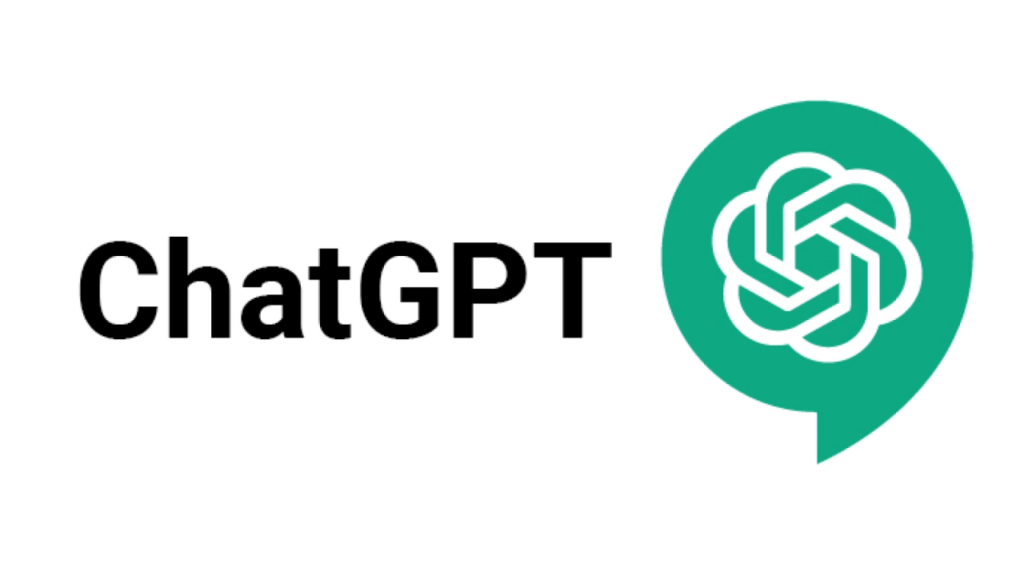Inside your head, a universe hums quietly, more vast than any city ever built, more dynamic than any orchestra ever composed. This universe is your brain—an intricate network of nearly 86 billion neurons, each capable of forming thousands of connections, creating a living cosmos of thought, memory, and perception. For centuries, scientists and philosophers alike have marveled at this mysterious organ, asking how it can produce the richness of human experience. The secret lies in communication—how neurons talk to one another in a language both electrifying and chemical, precise yet endlessly adaptable. It is a language unlike any spoken tongue, one that shapes who we are in every waking and dreaming moment.
When we speak of “neuronal language,” we do not mean words or sounds. Neurons converse in patterns of activity—bursts of electricity, whispers of chemicals, and rhythms that rise and fall like music. This hidden dialogue is not random; it encodes every thought, sensation, memory, and emotion. It is the silent chatter that transforms the buzzing of light into vision, the vibrations of air into music, the weight of memory into identity. Understanding this secret language is to glimpse the very foundations of consciousness.
The Spark of a Thought
At the heart of neural communication lies the action potential—a tiny electrical event that travels down the length of a neuron. Imagine a neuron as a living wire, one capable of not only transmitting but also processing and reshaping information. Resting quietly, its inside holds a negative electrical charge compared to the outside. Then, when stimulated—by a touch, a sound, a memory—it leaps into action. Sodium channels snap open, positive ions rush in, and the balance flips. In milliseconds, a wave of electrical energy shoots down the neuron’s slender axon like a spark racing along a fuse.
This spark, though fleeting, is the fundamental unit of neural language. It is not a word in isolation but a letter, a syllable, a pulse of meaning. By itself, it seems small. Yet when combined in billions, woven into patterns, it creates the orchestra of thought. One neuron firing may represent nothing; thousands firing in synchrony may signal the sight of a loved one’s face, the sound of laughter, the pang of hunger.
The brain does not rely on a single spark but on the rhythm, timing, and frequency of these sparks. Much as a song can shift its meaning through tempo and tone, neurons encode meaning not only in whether they fire but in how often, how strongly, and in what relation to their neighbors. The language of the brain is a dynamic code, constantly changing, constantly adapting.
The Synaptic Whisper
If action potentials are the words, synapses are the sentences. When the electrical signal reaches the end of a neuron, it cannot simply leap to the next one. Instead, it encounters a gap—the synaptic cleft, a microscopic space between cells. Here the language changes form. Electrical sparks are transformed into chemical messengers called neurotransmitters.
In a burst of activity, tiny vesicles release their contents into the cleft. Molecules of dopamine, serotonin, glutamate, or GABA drift across, like whispered notes passed between students in a classroom. On the far side, the receiving neuron’s receptors eagerly wait, shaped perfectly to catch these chemical words. When they bind, they trigger new electrical changes, and the conversation continues.
This chemical language is nuanced and varied. Glutamate excites, urging neurons to fire; GABA calms, restraining overactivity. Dopamine carries signals of reward and motivation, while serotonin influences mood and balance. Each neurotransmitter is like a different dialect, shaping the meaning of the message. Neurons are bilingual and trilingual, fluent in multiple neurotransmitter languages, able to weave subtle messages depending on context.
The beauty lies in the flexibility. A single neuron can strengthen or weaken its synapses, adjust the number of receptors, or change how much neurotransmitter it releases. This adaptability—known as synaptic plasticity—is the foundation of learning and memory. Every skill you master, every fact you recall, every emotion you feel is etched into the shifting strengths of synapses. The brain speaks, listens, and rewrites its own dictionary continuously, shaping who you are in each moment.
Rhythms of the Mind
Beyond sparks and chemicals lies another dimension of the brain’s language: rhythm. Neurons do not fire in isolation; they synchronize into waves, oscillating at different frequencies. These brain waves form a hidden soundtrack that coordinates perception, attention, and consciousness itself.
Delta waves, slow and rolling, dominate during deep sleep, when the brain restores itself. Theta waves whisper during dreams and creativity, opening the doors of imagination. Alpha rhythms bring calm focus, a quiet readiness. Beta waves rise with active thought and problem-solving, while the high-frequency gamma oscillations are linked to moments of insight and binding together different aspects of perception.
These rhythms are more than background noise. They are the conductor’s baton, guiding when neurons should fire together and when they should remain silent. Synchrony creates meaning; desynchrony disrupts it. When you recognize a face, neurons across different regions—those detecting shape, color, emotion—must fire in harmony, knitting together a unified perception. When rhythms falter, as in certain neurological disorders, perception and cognition fragment.
The brain’s rhythm is its poetry, its cadence, its dance. It is the difference between a chaotic crowd and a symphony orchestra. Within this rhythm lies the essence of thought’s flow.
Codes Beyond Words
For decades, neuroscientists asked whether the brain’s language resembled a simple code: is it the rate of firing, the average number of sparks per second, that carries meaning? Or is it the precise timing—the patterns and sequences—that encode thought? The truth is both, and more.
Neurons can encode intensity through frequency; the louder the sound, the faster the spikes. But they can also encode identity through patterns. One neuron may fire in bursts, another in steady trains, another in complex oscillations. Together, they form a codebook of patterns, where timing, order, and synchrony matter as much as rate.
Even silence speaks in the brain. A neuron not firing can be as meaningful as one firing, depending on the context. Inhibitory neurons, those that quiet others, sculpt the overall message, ensuring that the language does not descend into meaningless noise. It is not only about what is said, but about what is not said, the pauses, the rests, the silences.
Plasticity and the Writing of Memory
The brain’s language is not static. It changes with every experience, every breath, every memory formed. Synaptic plasticity—the ability of synapses to grow stronger or weaker—reshapes the conversation. When two neurons fire together repeatedly, their connection strengthens. This principle, often summarized as “cells that fire together, wire together,” underlies learning.
Imagine practicing a piano piece. At first, the notes stumble, the fingers unsure. But each repetition strengthens synaptic connections, fine-tuning the timing. Soon, the neurons involved in hearing, movement, and memory speak fluently together, and the music flows effortlessly.
This plasticity also explains why memories persist. A childhood smell, a first kiss, a painful loss—all are written into networks of strengthened synapses, patterns that can be reawakened decades later. Yet memory is not a perfect recording; it is a living dialogue, vulnerable to change, reinterpretation, even distortion. Each recall rewrites the pattern, layering new meaning onto old. The language of the brain is alive, never fixed, forever changing.
The Emotional Voice
Neuronal language is not cold or mechanical; it is deeply emotional. The limbic system—an ancient network including the amygdala, hippocampus, and related regions—infuses the brain’s dialogue with feelings. When you see a friend, neurons in your visual cortex recognize the face, but it is the amygdala and associated networks that add warmth, joy, or nostalgia.
Neurotransmitters themselves are emotional messengers. Dopamine’s surge accompanies reward, the pleasure of chocolate, the thrill of achievement. Serotonin steadies mood, while oxytocin deepens bonds of love and trust. Norepinephrine sharpens focus in moments of fear, pumping the body with readiness. The brain speaks not only in information but in tone, shaping how we feel about what we perceive.
This emotional coloring is essential. Without it, life would be flat data, sterile and meaningless. Neurons talk not only to inform but to make us care. The secret language of the brain is therefore not only one of sparks and signals but of feelings woven into every message.
When the Language Breaks
The elegance of neuronal language also reveals its fragility. When communication falters, the consequences can be profound. In epilepsy, neurons fire too synchronously, overwhelming the normal rhythms with storms of activity. In Parkinson’s disease, the loss of dopamine-producing neurons disrupts motor circuits, silencing parts of the brain’s vocabulary for movement. In Alzheimer’s, synapses weaken and die, erasing the written patterns of memory.
Even mental illnesses can be seen as disturbances of neural communication. In depression, the balance of neurotransmitters shifts, dulling the emotional tone of the dialogue. In schizophrenia, rhythms of synchrony may falter, producing fragmented thoughts and perceptions. The brain’s secret language is powerful, but when disrupted, it can betray the very mind it creates.
The Dialogue of Consciousness
Perhaps the most profound question is how this neural chatter gives rise to consciousness—the subjective experience of being. Billions of sparks, countless synaptic whispers, synchronized rhythms, and chemical flows somehow combine to create awareness. The brain speaks not only to itself but to us, producing the voice of the mind that says, I exist.
Consciousness remains a mystery, but most scientists believe it emerges from the dynamic interactions of neurons across networks. When sensory input, memory, emotion, and attention converge in harmonized patterns, a unified experience is born. The language of the brain, in its totality, becomes the language of the self.
It is humbling to realize that the laughter you share with a friend, the words you read now, the love you feel for family—all of it is written in pulses of electricity and whispers of chemicals. Yet this reduction does not diminish the wonder; it magnifies it. Out of silent sparks emerges poetry, out of rhythms emerges music, out of chemicals emerges love. The brain’s secret language is the bridge between biology and soul.
The Future of Decoding the Brain
Modern neuroscience is only beginning to decipher this hidden tongue. Advances in brain imaging, electrophysiology, and artificial intelligence allow us to listen more closely than ever before. Brain–computer interfaces can translate neural signals into movement, giving paralyzed patients the ability to control robotic limbs. Neural decoding algorithms can reconstruct simple images or sounds from brain activity, hinting at a future where thoughts themselves may be read.
Yet this progress raises profound questions. If we can translate the brain’s language, can we manipulate it? Could we one day write directly into the neural code, implanting memories, erasing fears, enhancing creativity? The ethical dilemmas are immense. The brain’s secret language is not merely data; it is identity, selfhood, humanity itself. To alter it is to alter what it means to be human.
Still, the promise is extraordinary. Understanding neuronal communication may lead to cures for devastating diseases, new treatments for mental illness, and even deeper insights into the nature of consciousness. The journey has only begun, and each discovery reveals another layer of complexity, another hidden dialect in the brain’s vast lexicon.
A Symphony Without End
The brain’s secret language is at once universal and unique. Every human brain speaks the same basic code—sparks, chemicals, rhythms—but each person’s patterns are different, shaped by genetics, experience, and memory. No two neural conversations are ever identical, just as no two lives are ever the same.
To learn a language is to enter a world. To learn the brain’s language is to enter ourselves. It is to recognize that behind every smile, every dream, every act of kindness lies a dialogue carried out in silence. It is to marvel at the fact that we can even ask the question of how the brain talks, for the very act of asking is itself written in the language of neurons.
In the end, the brain’s language is not secret because it is hidden but because it is so close, so intimate, we often overlook it. It is the language that has been speaking within us since birth, guiding every heartbeat, every breath, every thought. To listen to it is to rediscover ourselves as living symphonies, each neuron a note, each synapse a phrase, each brain an entire song of existence.
Epilogue: The Silent Conversation
Albert Einstein once remarked that the most beautiful experience we can have is the mysterious. Nowhere is the mystery greater than in the brain’s own voice. To understand how neurons talk is not to strip away the magic of thought but to deepen it. In every moment, your brain is holding conversations beyond your awareness—discussing how to move your hand, how to recall a memory, how to weave emotion into meaning.
This language, encoded in sparks and whispers, is the essence of what makes us alive. It is the story of evolution written in chemistry, the story of individuality written in patterns, the story of humanity written in connections. And though we may never fully decode it, we are part of it. Every heartbeat of thought, every rhythm of perception, every spark of love is another sentence in the endless conversation within.






